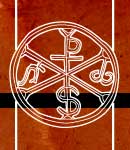
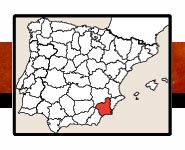

 |
 |
||
 |
|||
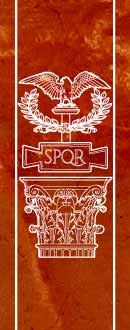 |
(40)/L-P/MURC-Cartag-40.jpg) |
-55/BOOK-cort-40.jpg) |
 |
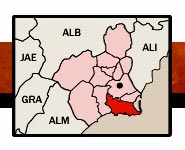 |
||
 |
|||
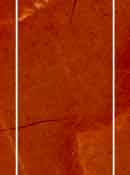 |
Los excepcionales museos de Cartagonova, el Museo Arqueológico Municipal (con 2 plantas y muy bien musealizado) y el Museo Nacional de Arqueología Subacuatica (con una excelente colección de ánforas; incluso conserva parte del tesoro de la fragata Mercedes extraído por la empresa Odyssey), son de visita obligada. ENTRADAS Y HORARIOSEl horario de verano es de (julio al 15 de septiembre) de lunes a domingo de 10:00-20:00; el horario de otoño (16 de septiembre a octubre) es de martes a domingo de 10:00-19:00; el horario de invierno (noviembre a 14 de marzo) es de martes a domingo de 10:00-17:30, el horario en primavera es de (15 de mayo a junio) de martes a domingo de 10:00-19:00. La entrada general es de 3,50€, hay entradas reducidas. La visita dura unos 45 minutos. |
The fantastic museums of Cartagonova, the Municipal Archaeological Museum (with 2 floors and very well musealized “prepared”) and The National Museum of Underwater Archaeology (with an excellent collection of amphoras; even preserves part of the treasure of frigate Mercedes extracted by Odyssey), deserve a visit. TICKETS AND TIMETABLESummer timetable is from (July to September 15 th ) from Monday to Sunday from 10 am to 8 pm; the autumn timetable (September 16 th to October) is Tuesday to Sunday from 10 am to 7 pm. The winter timetable (November to March 14 th ) is from Tuesday to Sunday from 10 am to 5,30; the spring timetable is (May 15 th to June) from Tuesday to Sunday from 10 am to 7 pm. The general rate is € 3,50. The visit lasts about 45 minutes. |
|||
 |
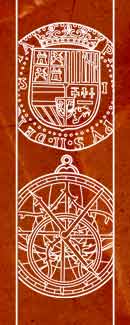 |
MUSEO NAVAL (CARTAGENA) INFORMACIÓN HISTORICO-ARTÍSTICAEl Museo naval de Cartagena se ubica en un edificio del siglo XVIII, que originalmente era Cuartel de Presidiarios y Esclavos, conserva excepcionales colecciones de la Historia de la Armada (construcción naval, artillería, cartografía, uniformes, banderas…) y en la nueva sala Isaac Peral el mítico submarino. HORARIOS- ENTRADAEl teléfono de contacto es el 968.127.138. mail museonavalcartagena@fn.mde.es |
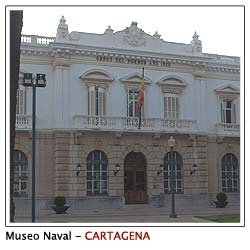 |
NAVAL MUSEUM (CARTAGENA) HISTORICAL-ARTISTIC INFORMATIONThe Naval Museum of Cartagena is located in an 18 th century building, which was originally a barracks for prisoners and slaves, conserves exceptional collections of the history of the Navy (naval building, artillery, cartography, uniforms, flags...) and in the new room Isaac Peral the mythical submarine. TICKETS AND TIMETABLEThe contact telephone number is 968,127,138. mail museonavalcartagena@fn.mde.es |
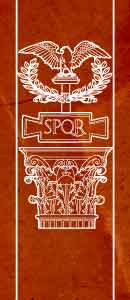 |
ACCESO A CARTAGENAUBICACIÓNCartagonova es una antigua ciudad ubicada junto al Mar Menor, al sur de Murcia, la actual Cartagena. A Cartagena puede accederse por la A-30 desde Murcia, o por la autovía mediterránea de peaje AP-7. A la torre ciega se accede desde Cartagena por la A.30 hacia Alicante, está señalizado el acceso. |
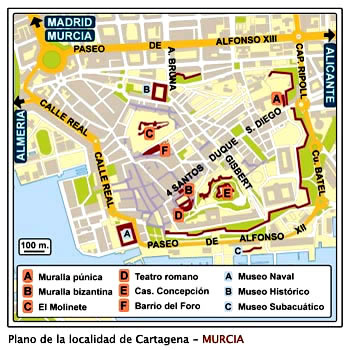 |
ACCESS TO CARTAGENALOCATIONCartagonova is an old town located next to Menor Sea, in the south of Murcia, the present Cartagena. To Cartagena you can access by the A-30 from Murcia, or by the Mediterranean toll motorway AP-7. To the Ciega tower you can access from Cartagena by A-30 to Alicante, there are signposts for the access. |
||||
 |
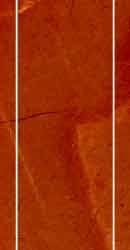 |
El acceso para minusválidos es:
La muralla púnica tiene sectores musealizados con escalones que impiden el transito de sillas de ruedas, en cambio si es visitable el entorno de la Torre Ciega. El acceso es factible al Museo Arqueológico, también al Museo Nacional de Arqueológica Subacuatica (no hay barreras físicas) y al Museo histórico militar. El acceso al Museo Naval es factible, pero la circulación interior tiene limitaciones. También es factible la visita al cerro del molinete y al foro romano de Cartagena. Finalmente, el teatro romano de Cartagena, esta bien acondicionado y con restricciones obvias, se puede acceder a muchos sectores. |
Access for handicapped is:
The Punic walls has musealized (prepared) sections but with steps that make it difficult the traffic of wheelchairs, but the surroundings of Tower Ciega are visitable. Access is feasible to the Archaeological Museum, also to the National Museum of Subaquatic Archeology (there are no physical barriers) and to the Military Historical Museum. Access to the Naval Museum is feasible, but the internal movement has limitations. It is also feasible to visit the hill of the Molinete and the Roman forum of Cartagena. Finally, the Roman Theater is today very well conditioned and with obvious restrictions, it is possible the access to many sectors. |